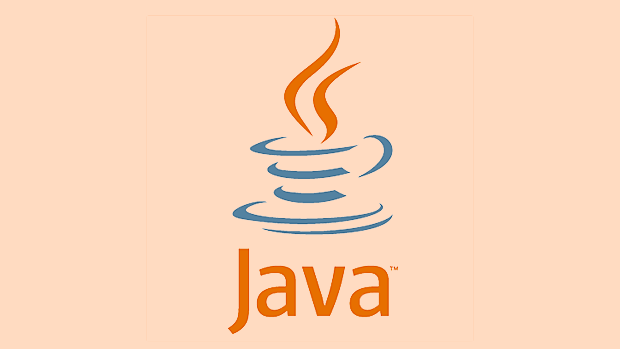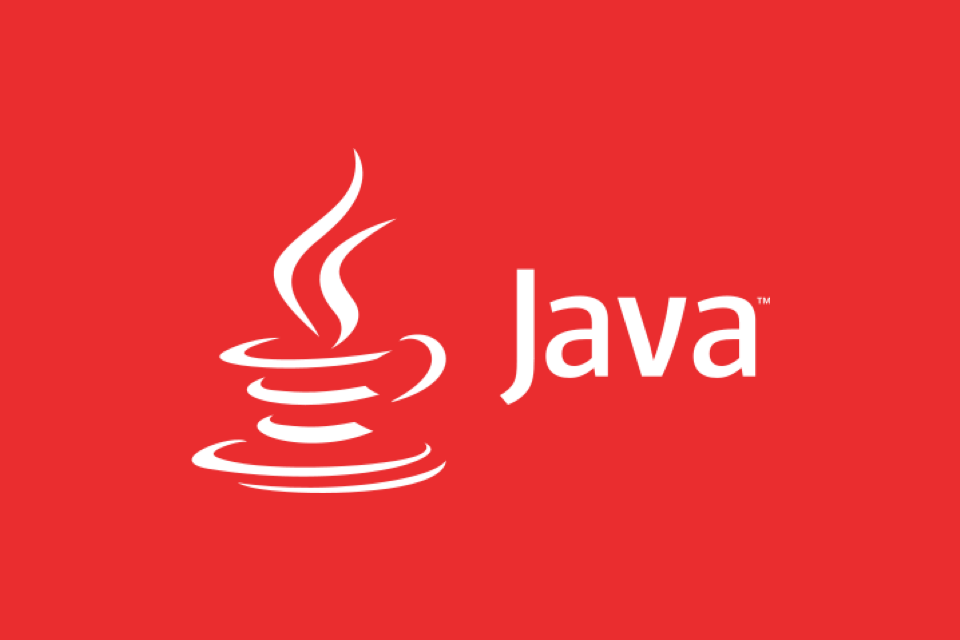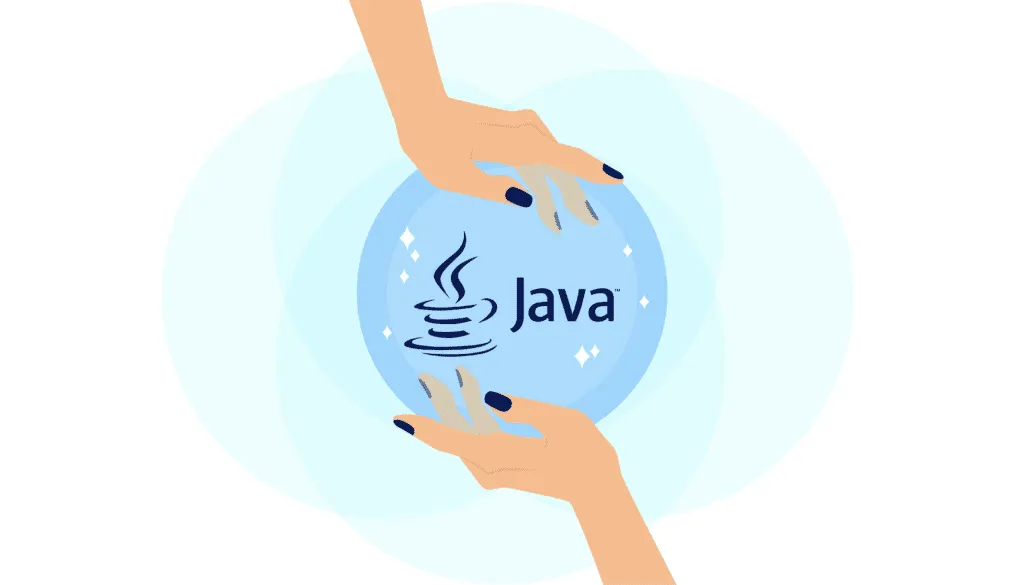Java Security Manager is a security component in the JVM that controls the permissions of your code. It defines the mapping of code source and permissions through the Policy file, checks sensitive operations at runtime, and throws a SecurityException if there is no authorization. Enabled to specify the policy file by adding the -Djava.security.manager and -Djava.security.policy parameters at startup. The policy file uses grant to define codeBase and its permissions. Common permissions include FilePermission, SocketPermission, RuntimePermission, and PropertyPermission. Applicable scenarios include running untrusted plug-ins, sandbox execution, and enterprise applications that require permission isolation. Pay attention to third-party libraries' dependency on permissions, risk of wildcard abuse, and security risks of AllPermission.

Java Security Manager is a mechanism in the Java platform for enhancing program security. It allows you to define fine-grained security policies that control what code can and cannot do. Although many frameworks and applications no longer enable Security Manager by default, it is still useful in certain scenarios (such as running untrusted code).

What is Java Security Manager?
Simply put, Security Manager is a component in the JVM. It checks whether the code has permission to perform certain sensitive operations at runtime, such as reading and writing files, establishing network connections, loading classes, etc. If there is no authorization, SecurityException will be thrown.

Its core is to define which code has what permissions through the Policy file . You can understand it as a "security guard" who is responsible for guarding your Java programs and preventing malicious or non-compliant operations from being executed.
How to enable Security Manager?
The way to enable Security Manager is simple, you only need to add two parameters when starting your Java application:

java -Djava.security.manager -Djava.security.policy=my.policy MyApp
in:
-
-Djava.security.managermeans to enable Security Manager. -
-Djava.security.policy=my.policyspecifies the policy file to use.
If you do not specify a policy file, the JVM uses the default security policy, which is usually very restrictive and may cause the program to not function properly.
How to write a Policy file?
Policy files are used to define the mapping relationship between code source and permissions. The format is roughly as follows:
grant codeBase "file:/path/to/myapp/-" {
permission java.io.FilePermission "/tmp/-", "read,write";
permission java.net.SocketPermission "*:1024-65535", "connect,resolve";
}; The above configuration means:
All code from /path/to/myapp/ directory can read and write files under /tmp , and can connect to ports 1024 to 65535 of any host.
Some common permission types include:
-
FilePermission: Controls file reading and writing -
SocketPermission: Control network connections -
RuntimePermission: Controls access to system resources, such as exiting the JVM -
PropertyPermission: Controls the reading and writing of system properties
When is Security Manager suitable?
Although Security Manager is not recommended for most modern application frameworks such as Spring Boot, it still works in the following scenarios:
- Run a plug-in or script submitted by the user (such as an online review system)
- Execute untrusted code in a sandbox environment (such as applets or modular plug-in systems)
- Enterprise-level applications that require fine control of permissions for different modules
It should be noted that Security Manager is only part of the Java security system and it cannot replace other security measures, such as code signatures, encrypted communications, etc.
Some things to pay attention to in small details
- If you are using third-party libraries, they may rely on certain system permissions, such as creating threads or accessing environment variables. If Security Manager does not release these permissions, the program will report an error.
- Policy files support wildcards, but do not abuse them, otherwise they may cause security vulnerabilities.
- Be especially careful when using
AllPermission, which is equivalent to giving a green light to a certain code and skipping all security checks.
Basically that's it. Security Manager is not complicated, but it is easy to ignore details. If you're just developing a normal app, you might not need it; but once permission isolation or sandboxing is involved, it's a tool worth knowing.
The above is the detailed content of Understanding the Java Security Manager. For more information, please follow other related articles on the PHP Chinese website!

Hot AI Tools

Undress AI Tool
Undress images for free

Undresser.AI Undress
AI-powered app for creating realistic nude photos

AI Clothes Remover
Online AI tool for removing clothes from photos.

Clothoff.io
AI clothes remover

Video Face Swap
Swap faces in any video effortlessly with our completely free AI face swap tool!

Hot Article

Hot Tools

Notepad++7.3.1
Easy-to-use and free code editor

SublimeText3 Chinese version
Chinese version, very easy to use

Zend Studio 13.0.1
Powerful PHP integrated development environment

Dreamweaver CS6
Visual web development tools

SublimeText3 Mac version
God-level code editing software (SublimeText3)
 Asynchronous Programming Techniques in Modern Java
Jul 07, 2025 am 02:24 AM
Asynchronous Programming Techniques in Modern Java
Jul 07, 2025 am 02:24 AM
Java supports asynchronous programming including the use of CompletableFuture, responsive streams (such as ProjectReactor), and virtual threads in Java19. 1.CompletableFuture improves code readability and maintenance through chain calls, and supports task orchestration and exception handling; 2. ProjectReactor provides Mono and Flux types to implement responsive programming, with backpressure mechanism and rich operators; 3. Virtual threads reduce concurrency costs, are suitable for I/O-intensive tasks, and are lighter and easier to expand than traditional platform threads. Each method has applicable scenarios, and appropriate tools should be selected according to your needs and mixed models should be avoided to maintain simplicity
 Best Practices for Using Enums in Java
Jul 07, 2025 am 02:35 AM
Best Practices for Using Enums in Java
Jul 07, 2025 am 02:35 AM
In Java, enums are suitable for representing fixed constant sets. Best practices include: 1. Use enum to represent fixed state or options to improve type safety and readability; 2. Add properties and methods to enums to enhance flexibility, such as defining fields, constructors, helper methods, etc.; 3. Use EnumMap and EnumSet to improve performance and type safety because they are more efficient based on arrays; 4. Avoid abuse of enums, such as dynamic values, frequent changes or complex logic scenarios, which should be replaced by other methods. Correct use of enum can improve code quality and reduce errors, but you need to pay attention to its applicable boundaries.
 Understanding Java NIO and Its Advantages
Jul 08, 2025 am 02:55 AM
Understanding Java NIO and Its Advantages
Jul 08, 2025 am 02:55 AM
JavaNIO is a new IOAPI introduced by Java 1.4. 1) is aimed at buffers and channels, 2) contains Buffer, Channel and Selector core components, 3) supports non-blocking mode, and 4) handles concurrent connections more efficiently than traditional IO. Its advantages are reflected in: 1) Non-blocking IO reduces thread overhead, 2) Buffer improves data transmission efficiency, 3) Selector realizes multiplexing, and 4) Memory mapping speeds up file reading and writing. Note when using: 1) The flip/clear operation of the Buffer is easy to be confused, 2) Incomplete data needs to be processed manually without blocking, 3) Selector registration must be canceled in time, 4) NIO is not suitable for all scenarios.
 How does a HashMap work internally in Java?
Jul 15, 2025 am 03:10 AM
How does a HashMap work internally in Java?
Jul 15, 2025 am 03:10 AM
HashMap implements key-value pair storage through hash tables in Java, and its core lies in quickly positioning data locations. 1. First use the hashCode() method of the key to generate a hash value and convert it into an array index through bit operations; 2. Different objects may generate the same hash value, resulting in conflicts. At this time, the node is mounted in the form of a linked list. After JDK8, the linked list is too long (default length 8) and it will be converted to a red and black tree to improve efficiency; 3. When using a custom class as a key, the equals() and hashCode() methods must be rewritten; 4. HashMap dynamically expands capacity. When the number of elements exceeds the capacity and multiplies by the load factor (default 0.75), expand and rehash; 5. HashMap is not thread-safe, and Concu should be used in multithreaded
 Effective Use of Java Enums and Best Practices
Jul 07, 2025 am 02:43 AM
Effective Use of Java Enums and Best Practices
Jul 07, 2025 am 02:43 AM
Java enumerations not only represent constants, but can also encapsulate behavior, carry data, and implement interfaces. 1. Enumeration is a class used to define fixed instances, such as week and state, which is safer than strings or integers; 2. It can carry data and methods, such as passing values ??through constructors and providing access methods; 3. It can use switch to handle different logics, with clear structure; 4. It can implement interfaces or abstract methods to make differentiated behaviors of different enumeration values; 5. Pay attention to avoid abuse, hard-code comparison, dependence on ordinal values, and reasonably naming and serialization.
 What is a Singleton design pattern in Java?
Jul 09, 2025 am 01:32 AM
What is a Singleton design pattern in Java?
Jul 09, 2025 am 01:32 AM
Singleton design pattern in Java ensures that a class has only one instance and provides a global access point through private constructors and static methods, which is suitable for controlling access to shared resources. Implementation methods include: 1. Lazy loading, that is, the instance is created only when the first request is requested, which is suitable for situations where resource consumption is high and not necessarily required; 2. Thread-safe processing, ensuring that only one instance is created in a multi-threaded environment through synchronization methods or double check locking, and reducing performance impact; 3. Hungry loading, which directly initializes the instance during class loading, is suitable for lightweight objects or scenarios that can be initialized in advance; 4. Enumeration implementation, using Java enumeration to naturally support serialization, thread safety and prevent reflective attacks, is a recommended concise and reliable method. Different implementation methods can be selected according to specific needs
 Java Optional example
Jul 12, 2025 am 02:55 AM
Java Optional example
Jul 12, 2025 am 02:55 AM
Optional can clearly express intentions and reduce code noise for null judgments. 1. Optional.ofNullable is a common way to deal with null objects. For example, when taking values ??from maps, orElse can be used to provide default values, so that the logic is clearer and concise; 2. Use chain calls maps to achieve nested values ??to safely avoid NPE, and automatically terminate if any link is null and return the default value; 3. Filter can be used for conditional filtering, and subsequent operations will continue to be performed only if the conditions are met, otherwise it will jump directly to orElse, which is suitable for lightweight business judgment; 4. It is not recommended to overuse Optional, such as basic types or simple logic, which will increase complexity, and some scenarios will directly return to nu.
 How to fix java.io.NotSerializableException?
Jul 12, 2025 am 03:07 AM
How to fix java.io.NotSerializableException?
Jul 12, 2025 am 03:07 AM
The core workaround for encountering java.io.NotSerializableException is to ensure that all classes that need to be serialized implement the Serializable interface and check the serialization support of nested objects. 1. Add implementsSerializable to the main class; 2. Ensure that the corresponding classes of custom fields in the class also implement Serializable; 3. Use transient to mark fields that do not need to be serialized; 4. Check the non-serialized types in collections or nested objects; 5. Check which class does not implement the interface; 6. Consider replacement design for classes that cannot be modified, such as saving key data or using serializable intermediate structures; 7. Consider modifying






